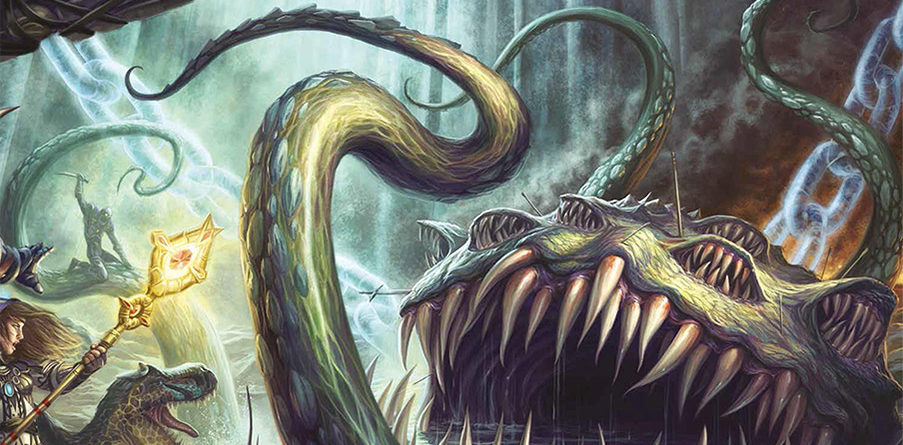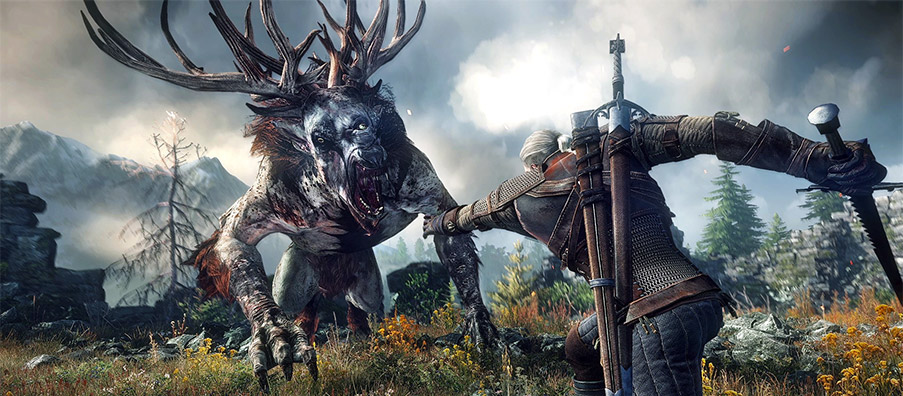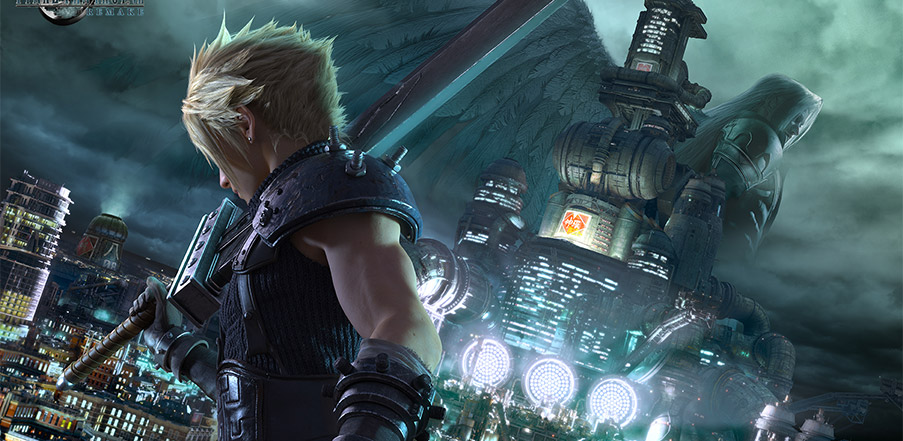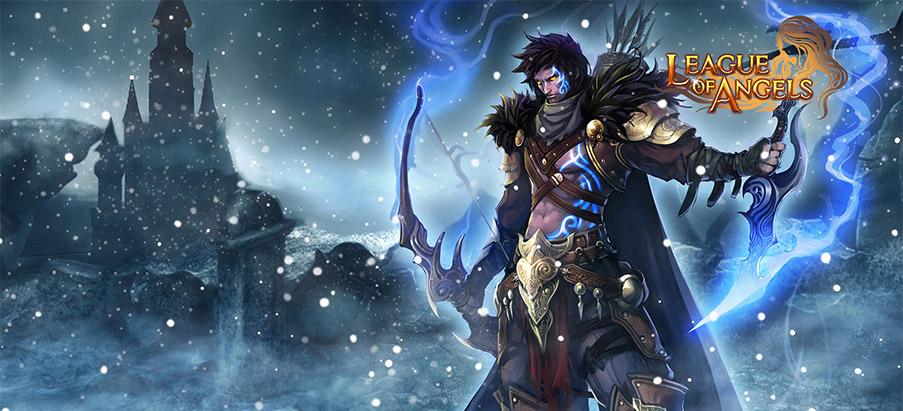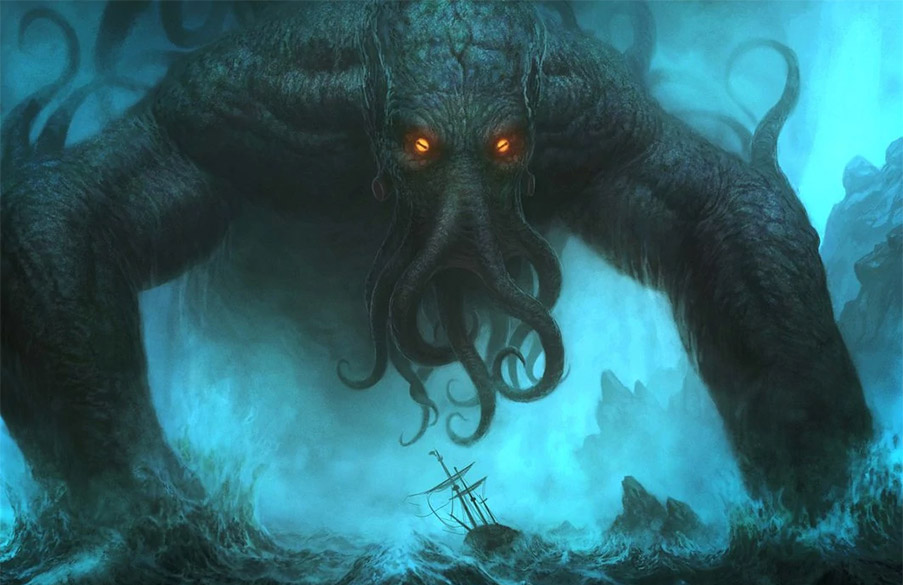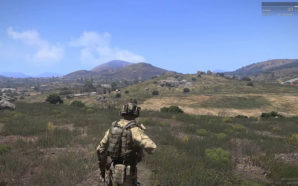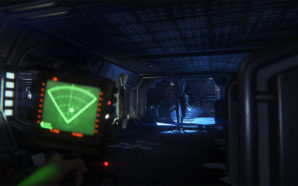Mythology and games are almost inseparable. There are so many fantastic creatures ready to be revived for the entertainment of a modern audience. Sometimes from all around the world. So many legends to take inspiration from or retell in a new way. Games really do have a unique relationship with culture and mythology. Constantly taking elements from it, chewing on them and coming up with new ideas. It’s strange to think, but games have shaped my interpretations of many mythological creatures.
I’m always intrigued to see a ‘new’ creature to find out what it is based on and where it came from. Even items can elude to elements of a far away culture’s mythos. Things like the Maiden’s Kiss, or a Phoenix Down and creatures like Dwarves and Elves are common staples in RPGs. Each drawing on different lore and inspirations.
What Can Games Do For Mythology?
Mythology runs deep throughout nearly every culture. I grew up with tales of Dearg Due, Tir Na Nog and Fionn Mac Cumhaill. I didn’t really learn much about the legends of other countries until I started gaming. In modern times, a lot of these legendary beasts are swept under the carpet. They’re far from gone, of course, My Little Pony‘s showcase of Unicorns and Pegasi, as well as Disney’s Tinkerbell, are some examples. Games really take the cake though. Can you think of any other medium that acts as such a diverse showcase of mythological creatures at once? Games end up giving us so many different and exciting interpretations of the same beasts. Often these enemies are not even the focus of the plot, just carefully picked to match the environment.They’re little tasters placed before players to whet our appetites and offer a challenge.
It may not even be intentional, but games are exposing us too far off cultures and mythologies. It’s an unsaid open invitation to learn more about the origin or reoccurring beasts. There are plenty of games like God of War and Age of Mythology, which are intentionally saturated with mythology. What I like is the subtle seep of cultural elements into games. Take Mercy’s Valkyrie Skin from Overwatch for example. A tiny element that invites the player to ask “what is this?” and discover a whole new world. Growing up, these reoccurring references caught my attention. These instances nearly always send me down a research rabbit hole and extend my reading list by a yard or two. Gaming really is a gateway drug for learning sometimes.
A Trip Down the Rabbit Hole
The first game that really sent me down the rabbit hole was Final Fantasy VII. I grew up in a fairly poor family and at one point I only had about 5 games to play. You can imagine how thoroughly I went through them. They became my religion. There are plenty of strange references to mythology in VII and its offshoots. At first glance, they seem entirely random, but I have become convinced that they were carefully picked to act as symbols.
The starting town is called Midgar which is similar to Midgard and not far away in a swamp there is a giant snake; Zolum. An eerily similar set up to Jörmungand from Norse mythology. Now you all may remember Sephiroth kills this snake and leaves it impaled as a token of his goodwill outside the Mythril Mines. Don’t even consider whining about spoilers, the game is 20 years old. Considering Sephiroth’s obsession with becoming a god, slaying a creature fated to kill a god (Thor) may just be the first step on the trail to ascension. A bit like how Hercules had to go through various trials, except with a more sinister twist. It’s one of those things where if you pull on the thread you keep getting more and more from it.
Like Sephiroth, Tifa and Aerith’s names all being related to the Kabbalah. The cameo of Cait Sith, an element from Celtic mythology. That Nibelheim is overrun with remnants and a place Cloud and Tifa returned to in Cloud’s corrupted memories, is Niflheim, The world of fog and the dead. All too appropriate. It’s these little details that hook me into looking closely at games.
Video Games Help Pass Down Our Mythologies
Games are preserving these creatures in a unique way. Sure they may be nothing more than and enemy, an assist or a summon, yet our exposure teaches us about them. Purely from absorbing them in the in-game context, we can learn about them. I don’t view games as the best thing to learn about mythology from. Yet, I have to thank them for introducing me to so many interesting creatures that I went on to study myself.
These legendary creatures are being passed down through this new medium. We don’t really sit around so much and tell stories about fire-breathing birds and the Knights of the Round anymore. We’re in an age of healthy scepticism which looks at these creatures through an academic lens. That can be an intimidating scene to break into for the average layman. Luckily we have games to advertise some of the cooler elements. I would never have learned about the legend of Lorelei if it wasn’t for League of Angels. That leads me to my next point. Games aren’t just sharing lore from generation to generation it is also across international borders. Think of all those in-game beasties and realise you have a little of something from nearly every corner of the world.
To me that is something amazing to think about. A lot of the creatures I see are familiar to me despite being from other continents. They seem so common place in my head. If I had been born 50 years earlier how many outside of my own culture would I know? Very few I dare say.
Do Games Build On The Mythology Handed Down To Them?
I mentioned I don’t think games are the best teacher when it comes to mythology. My reasoning behind this is games tend to add their own little twist to things, or completely change something. My earlier example of the Midgard Serpent shows this. Zolum was pretty big, but he couldn’t wrap himself around the world. The Fenrir wolves are big, but nowhere near what the legends say. Many an unstoppable mythological aberration has been laid low by the player with ease. Cthulu is a common one. The creature that by its own definition should be both unfathomable and unbeatable is one we see repeatedly turned to sushi in games.
However, when these myths and legends aren’t being hacked into bite-sized pieces there is space for growth. The interpretation of the Succubus has been built upon a lot in games. No longer are they merely the erotic seed stealing demons dreamt up to explain sleep paralysis and unwanted pregnancies. World of Warcraft paints them as slutty but skilled fighters. Castlevania gave them the ability to wander through dreams and shapeshift to cause emotional torment to their victims. Catherine gave them a rather pure-hearted purpose of saving girls from husbands who would cheat on them.
Is it possible that as time goes on games will help shape the most popular interpretations of these beasts? Really it just comes down to someone coming up with a good idea or explanation and it getting accepted by the community. Game developers are in a position where they have to come up with these ideas to make their games interesting and unique. The pen is in their hands.
Can Video Games Create A Mythology?
What are some modern mythologies you can think of? Lovecraft is one that springs to mind with his Cthulu mythos. Another is the Slenderman, something created purely from a photo editing contest, resulting in a whole series of spooky ‘documentaries’. There are scary stories and Creepypasta filling up our urban legends. Myths are still being made even if it is a word that often makes us think of the past.
It may seem like a crazy thought but really think about it. All the lore created in games to flesh out the worlds and characters we interact with. The staple beasts we see in different franchises like Chocobos and Malboros. How are they any different from our modern legends apart from the medium they are delivered by? It is unlikely we’ll ever retreat back into a time of innocence where we can believe these creatures are real. Yet, long-running game franchises that build on their own history are creating their own mythology for us to enjoy the same way we do the legends of old. I find that idea somewhat exciting. Mythology is usually so closely tied to culture, but in a game is it really tied to any one culture?
As technology advances further and we are able to spend more time in-game, in virtual or augmented reality what will happen? Will a new culture rise up? You could argue that many games with cult followings already have their own micro-cultures surrounding them. I don’t think it is a far stretch of the imagination to think they may grow their own legends too. I doubt games will become the sole authors of our mythologies in future. I’d like to think that what they bring to the table will be accepted and celebrated in future.




